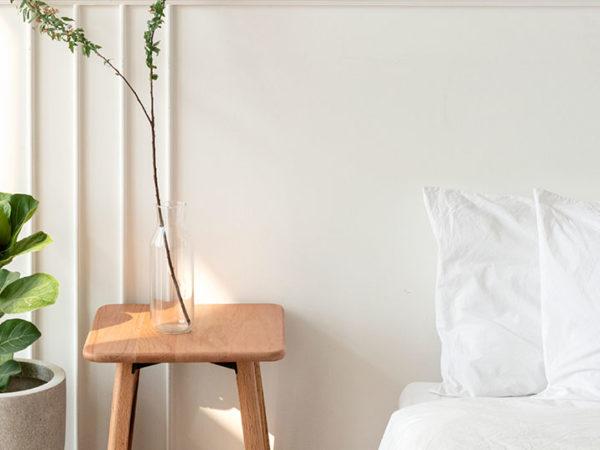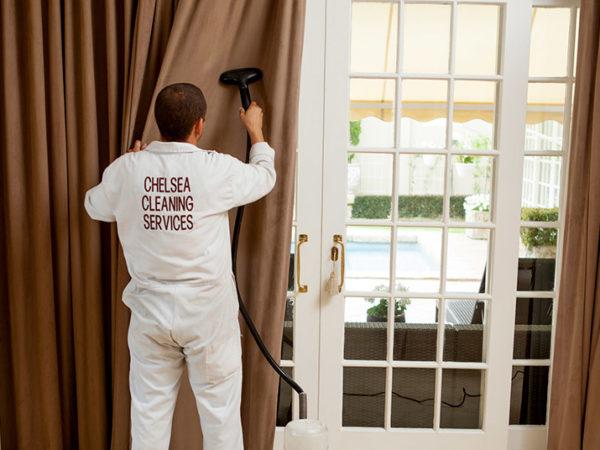
Bed bugs are small insects that take up residence in soft furnishings, particularly mattresses. They feed on the blood of warm-blooded animals, including people.
It’s common for people to have allergic reactions to bed bug saliva. If you suspect that you have bed bugs in your home, it’s crucial that you eradicate them quickly, before they reproduce and spread.
What are bed bugs?
Bed bugs are small, non-flying insects that feed exclusively on the blood of mammals – making humans the perfect hosts. Most bed bugs will feed while their host is asleep. While feeding the bed bug will inject a small amount of saliva into the host’s skin. Hosts can develop a sensitivity to bed bug saliva, and may experience an intense allergic reaction.
Bed bugs most commonly enter the home on clothing, in luggage, and in second-hand soft furnishings. However, they can also move between apartments through holes in walls and through pipes. Bed bugs feed every five to ten days, and a well-fed bug can live for six to nine months. However, bed bugs can survive in a dormant state for over a year.
Signs of bed bugs
The first sign of bed bugs is usually bites. A bed bug bite can take between a couple of hours and two weeks to appear. Unlike flea bites, these bites do not have a red centre, and will usually appear in a row of two or three. Bites can become swollen, and may be itchy. Although bites do not require medical treatment, steroid creams and oral anti-histamines can alleviate symptoms.
Adult bed bugs, hatchlings and eggs are all visible to the naked eye. Adult bed bugs are about 5 to 7 millimetres long, range in colour from white to orangey-brown and are oval and flat in shape.
A female bed bug lays about five eggs a day. These milky-white eggs take about two weeks to hatch, and the newborn hatchlings are about the size of a poppy seed.
Other signs of bed bugs include blood spots on bedding, dark brown or reddish faecal spots or dark droppings, egg casings and shed skin. A musty, coriander-like odour may also be present.
Preventing bed bugs
To prevent bed bugs infesting your furnishings, always inspect second-hand clothing and soft furnishings before bringing them into your home. When you bring home second-hand curtains, cushions and clothing, wash them in hot water immediately.
Reduce hiding places for bed bugs by filling and sealing any cracks and crevices where they could potentially hide – especially around your bed. Regularly vacuum your curtains, sofa, carpets and mattress, and wash linen on high-heat settings frequently to kill bed bugs.
What to do if you suspect bed bugs (aside from panic, that is)
If you suspect that your home has bed bugs, examine your bed linen, curtains, cushions, pillows, mattress and soft furnishings carefully. Look inside appliances, around the edges of carpeting and in the corners of wallpaper. Also examine laundry baskets, drawers and clothing for any signs of the bugs.
Bed bugs aren’t easy to eradicate, so it’s best to hire a professional to get them under control. Professionals can advise you on whether or not you can save your furnishings, and provide deep cleaning to remove the bugs and their eggs.
In addition to having mattresses, carpets and curtains thoroughly cleaned, follow these guidelines to help get rid of bed begs:
- use aerosol insecticides – these need to be sprayed in areas where signs of bed bugs are present, as well as in nearby spaces where they could hide
- be careful not to move furniture that you suspect is infested to other areas of your home, as this may allow the bed bugs to spread
- vacuum soft toys and cushions, and bag them in plastic, together with slow-release insecticide strips, for at least a couple of days
- wash linen in hot water (at least 50 degrees Celsius) or heat it in a clothes dryer to kill bed bugs
- vacuum and wipe bed-frames, bedside tables, desks and other areas where the bugs may hide.




